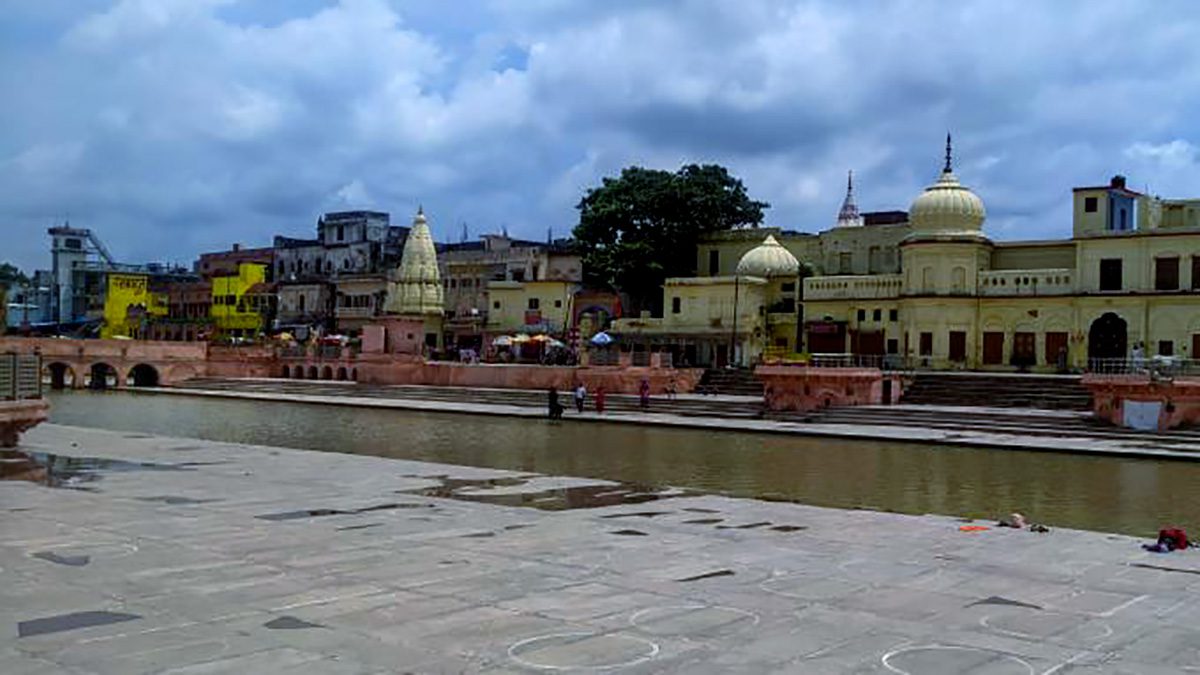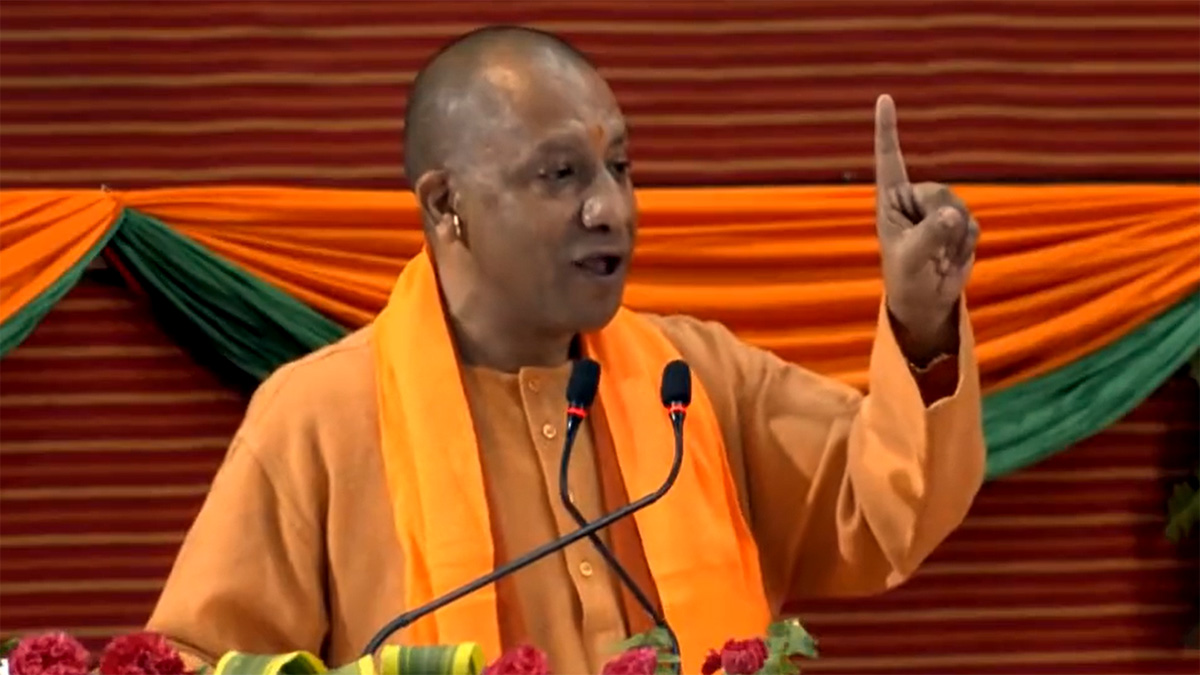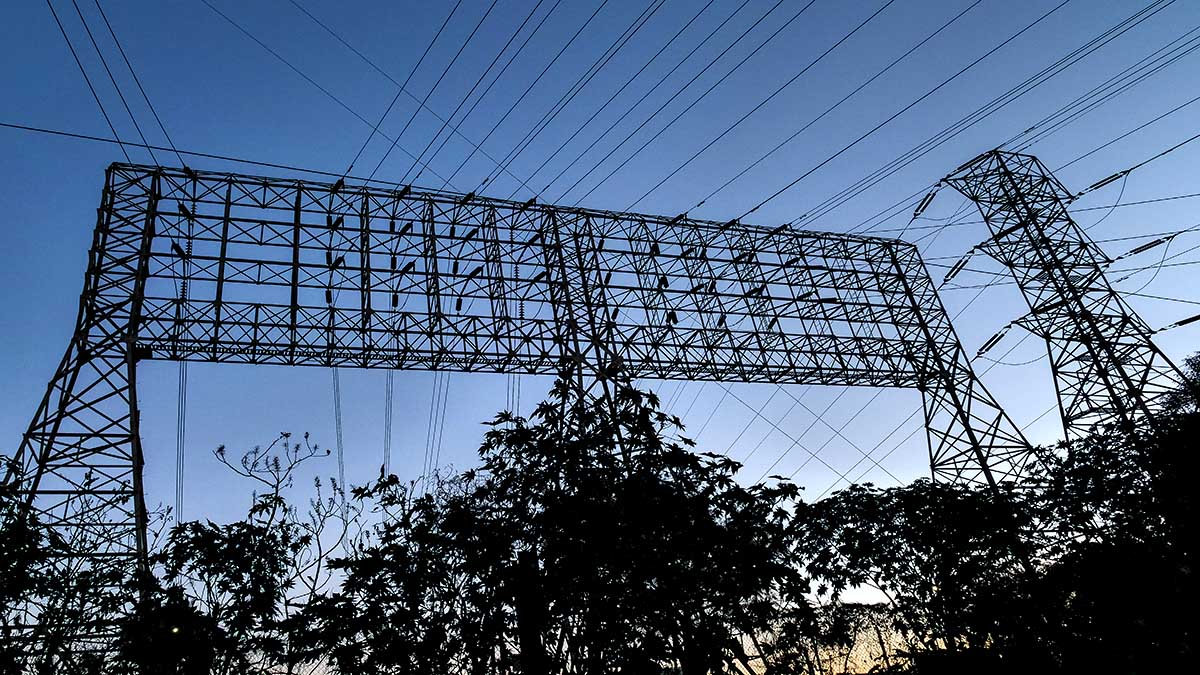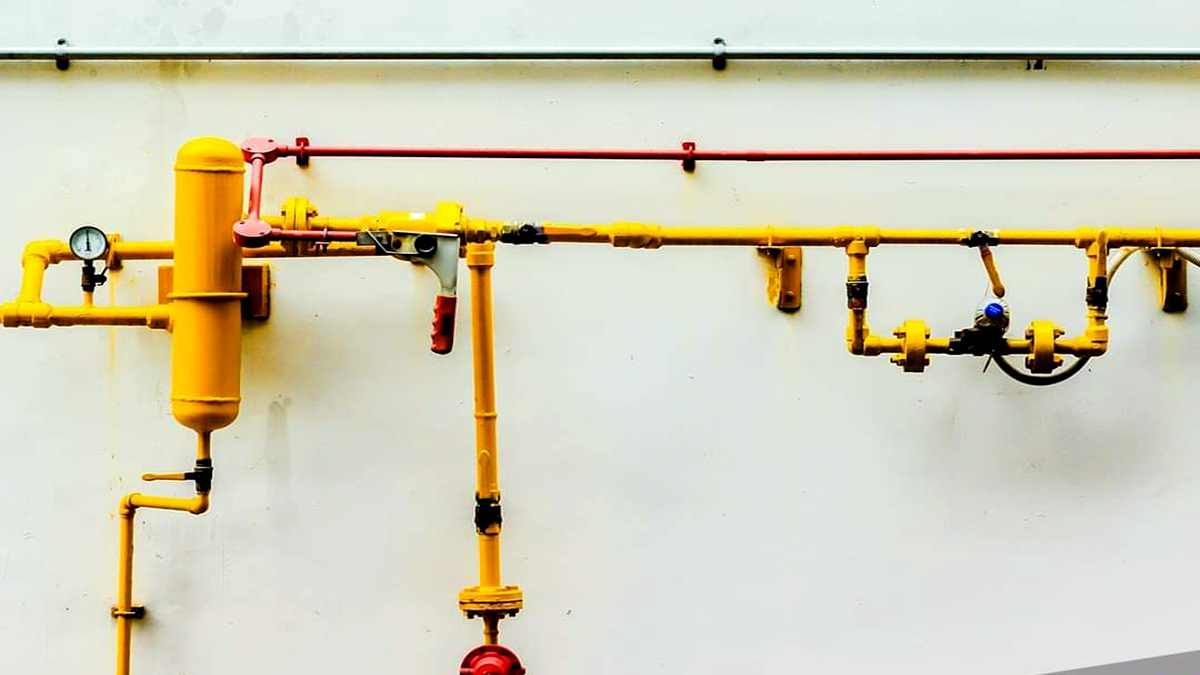The Chief Minister of Uttar Pradesh, Yogi Adityanath, is fervently working towards revitalising the historical significance of Ayodhya, which has witnessed a decline over nearly a thousand years due to invasions by Arab-Muslim rulers and the era of British colonialism. Adityanath envisions a new Ayodhya, and his administration is implementing developmental initiatives based on eight key concepts to restore the city’s unparalleled prosperity and transform it into a prominent cultural and economic centre.
Ayodhya, known as the Amaravati of the earth and a sacred Saptapuri, holds praise in various scriptures, including the Vedas and Puranas. Legend has it that the birthplace of Lord Shri Ram in Ayodhya was created by the deities themselves, and Maharaja Manu established the world of humans on Earth in this sacred city.
Yogi Adityanath has directed officials to focus on eight fundamental concepts for the revival of Ayodhya’s grandeur. The tangible progress is evident as the government rapidly advances initiatives to bring Saketpuri to the forefront, emphasising cultural, capable, modern, accessible, beautiful, emotional, clean, and healthy aspects of Ayodhya.
Under the concept of Cultural Ayodhya, efforts are aimed at transforming Ayodhya into the cultural capital of India. This includes the establishment of magnificent monasteries, temples, and ashrams, construction of grand city gates, and implementation of projects such as temple museums.
Saksham Ayodhya focuses on making the city fully self-reliant. Initiatives are underway to generate substantial employment opportunities through various channels, including daily jobs, tourism, and religious and cultural activities.
Adhunik Ayodhya is centred on modernisation, introducing a range of amenities such as Smart City, Safe City, Solar City, and Greenfield Township to align Ayodhya with contemporary standards.
Sugmay Ayodhya aims to enhance the accessibility of Ayodhya, with developments like the Maryada Purushottam Shri Ram International Airport, revitalisation of Ayodhya Dham Railway Station, and improved connections between Saryu and the inland waterway.
Surmay Ayodhya focuses on enhancing the aesthetic appeal of the city. This includes beautifying ponds, lakes, ancient reservoirs, reviving old gardens, and implementing heritage lighting systems to eliminate clutter and enhance the city’s allure.
Bhavnatmak Ayodhya emphasises infusing emotional bonds with the global Sanatani community by connecting every aspect of Ayodhya with the sentiment of being linked to Shri Ram.
Swach Ayodhya prioritises cleanliness as a top priority, with comprehensive efforts underway, including cleanliness initiatives and the development of drainage and sewer systems.
Ayusham Ayodhya reinforces the health infrastructure of Ayodhya, providing high-quality and convenient medical facilities to residents and visitors.
Prime Minister Narendra Modi, addressing a public meeting in Ayodhya, highlighted the campaign to make India a developed country, stating that the foundation stone of development works worth over ₹15 thousand crore has been laid. The vision includes making Ayodhya a regional growth hub, spurring business and economic activity in the wider region due to enhanced connectivity.
The redevelopment of Ayodhya, as per Master Plan 2031, will be completed over 10 years with an investment of over ₹85,000 crore. The city is expected to have a 1:10 ratio of residents to tourists, indicating its potential to attract pilgrims and tourists.
Shri Ram Mandir Construction Committee Chairperson Nripendra Mishra anticipates a surge in economic activities around Ayodhya after the inauguration of the Ram temple, leading to potential city expansion similar to the National Capital Region.
FMCG companies and food services chains are making strategic moves to capitalise on the expected 8-10-fold surge in tourism after the consecration of the Ram temple on January 22. Companies are setting up new hotels, with expectations of increased demand for various services.
The city’s infrastructure and tourism development, spanning 875 sq km, are being managed by 37 state and national agencies with a budget of ₹31,662 crore. Projects by NHAI, the UP government’s public works department, and developments in airport, railways, and highways are key components of this upgrade.








